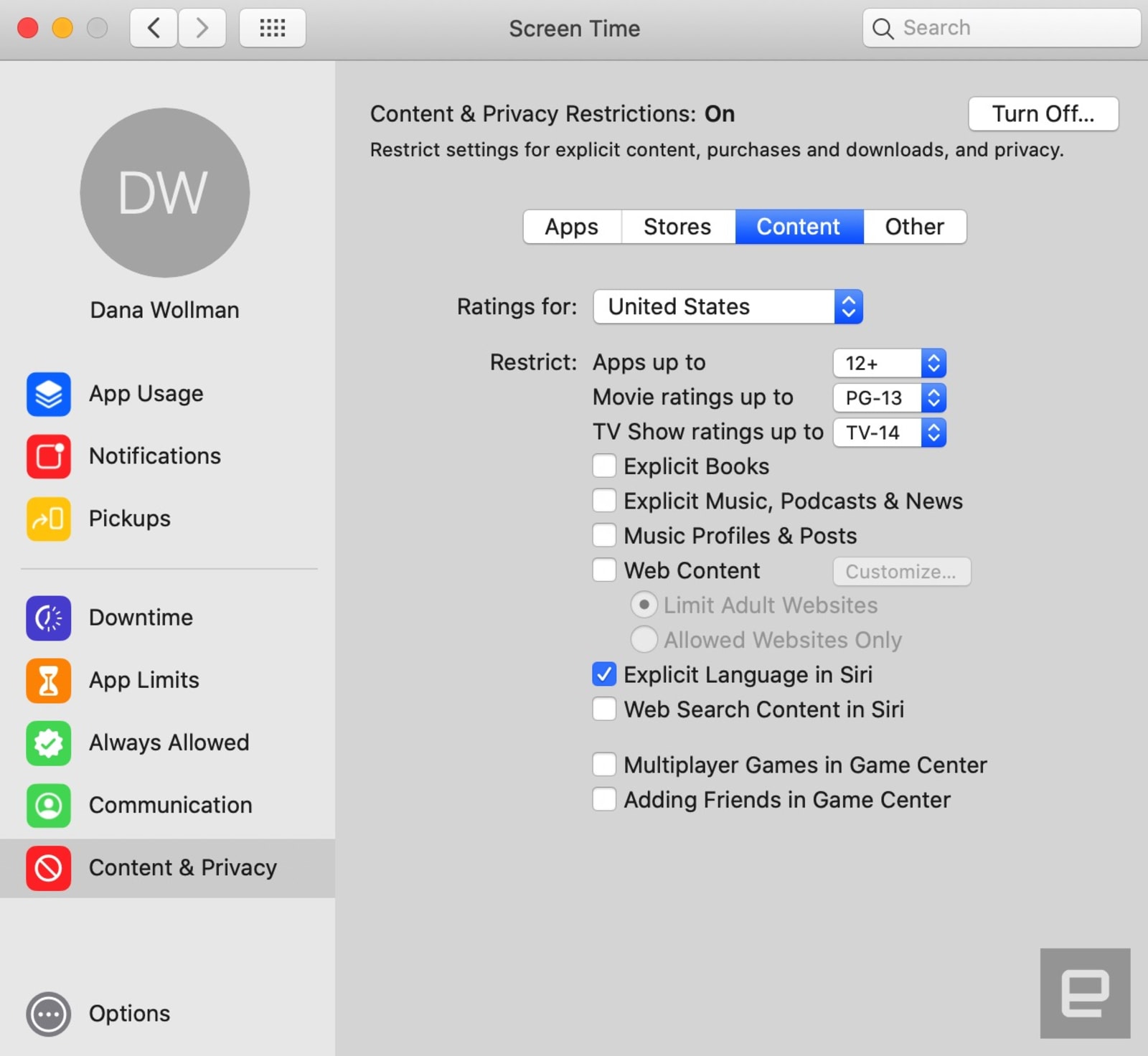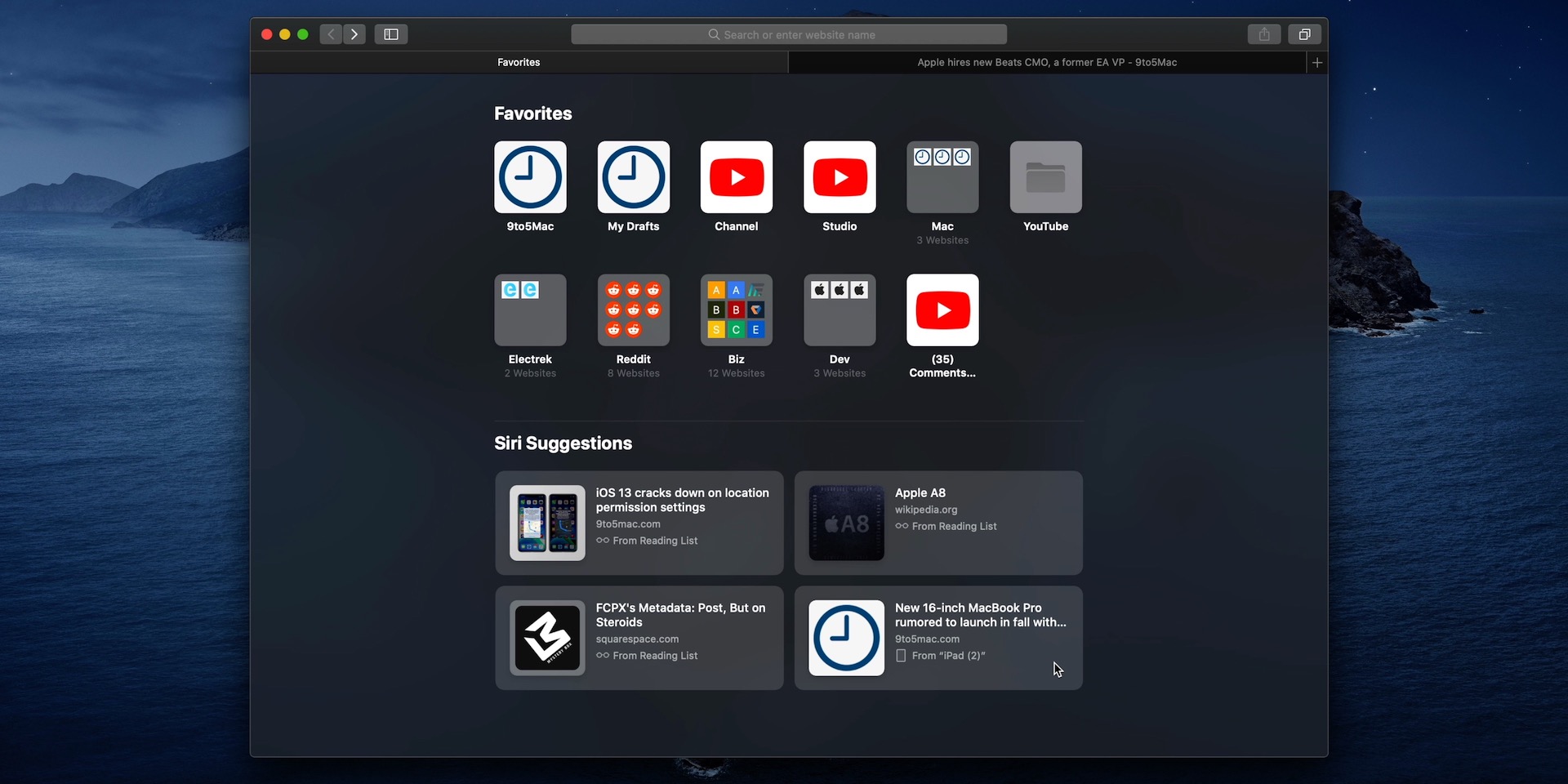That’s why macOS Catalina includes the Photos app with a built-in service for backing up your photo library. ICloud Photos is the easiest way to manage your personal photo library. How it works.
Share this post
In early October 2019, Apple released macOS 10.15 Catalina, a major update to the Mac operating system. It allows Macs to run modified versions of iPad apps, adds new features like the Apple Arcade gaming subscription service and the Apple TV app, and makes useful (if minor) improvements to Photos, Notes, Reminders, and many of Apple’s other apps. And like all macOS updates of the past few years, it’s available for free for all of the Macs that can run it.
As with most macOS releases, it’s not a bad idea to wait until Apple releases Catalina’s 10.15.1 or 10.15.2 updates to fix the bugs that come with any major operating system upgrade. But as you may have heard, Catalina—unlike most macOS releases—breaks a lot of apps, especially older productivity software and games. And not just in the “some things don’t work right but they can still run” sense, but in the “it’s not possible to run the apps at all anymore” sense. Here’s why Catalina does this, how you can tell whether your apps will be affected, and what you can do about it.
Why won’t my apps run?
Catalina requires all software to be 64-bit—not just apps, but also all plugins and other code associated with those apps. For the past year or so, macOS 10.13 High Sierra and 10.14 Mojave have displayed warnings when running 32-bit apps, even though that software would continue to run normally otherwise. Catalina won’t run them at all.
Among other things, 64-bit operating systems and apps can make use of more memory than older, 32-bit software; 64-bit software can also sometimes run a bit faster and take advantage of newer security features. Moving to 64-bit software is generally a good thing. But for compatibility’s sake, versions of macOS and Windows have (until now) allowed you to run 32-bit apps alongside 64-bit apps. But maintaining that capability takes time and money, and Apple believes that the resources spent keeping 32-bit support around could be better spent on other, more forward-looking features.
Although most common programs have been 64-bit for many years now—including modern web browsers, and more recent versions of apps like Microsoft Word and Adobe Photoshop—older apps, independently developed apps, and many games are still 32-bit and may not ever be updated.

This is most likely to affect older versions of paid apps released before the mid-2010s or so, including Microsoft Office 2011 and earlier, Adobe Photoshop CS6 and earlier (as well as other Adobe CS6 applications), Quicken for Mac 2007, and old versions of Apple apps like iPhoto, QuickTime 7, and GarageBand. Newer versions of the Steam game store are 64-bit, though you may need to delete the 32-bit version and reinstall Steam first. But many of the games themselves aren’t 64-bit and never will be, since there’s little incentive for their developers to issue such a major update for old titles that don’t make much money.
The 64-bit transition may also affect older hardware peripherals that require 32-bit apps or drivers to run; pro audio tools seem to be disproportionately affected. Sweetwater has a comprehensive rundown.
What can I do about it?
The Catalina installer will display a list of 32-bit apps on your system and warn you before you actually upgrade the operating system. But you can also view a complete list of 32-bit software on your Mojave or High Sierra Mac by opening the System Information tool and scrolling down to the “Legacy Software” section. Open System Information from the Utilities folder inside your Applications folder, or by clicking the Apple menu in the top-left corner of the screen, clicking About This Mac, and clicking System Report.
The easiest way to fix old 32-bit apps is to replace them with newer, 64-bit versions, though in the case of Office and the Adobe apps, that means spending money on new versions of the software or buying an ongoing software subscription. If you’re still happy with the old versions of these apps, it may be a good time to see whether an inexpensive or free replacement could do what you need. Word and Excel could potentially be replaced by Apple’s own Pages and Numbers apps or the LibreOffice suite. Photoshop could be replaced by Acorn or Affinity Photo. It’s as good a time as any to make sure your software is meeting your needs, and it’s usually possible to find good replacements for any budget.
Another solution for some apps is just to wait. The longer Catalina is out, the more time developers will have to release updated versions of their software. That won’t help you much if you’re running old, abandoned software from 15 years ago. But if you’ve got the latest version of an app and the developer is still releasing updates, odds are good that they’ll have 64-bit support sorted out within the next few months. And running an older version of macOS in the meantime should be safe to do.
Can I keep running an older version of macOS?

Apple doesn’t have an official policy about this, but it generally releases security updates and Safari browser updates for older macOS versions for about two years after they’re replaced. macOS 10.13 High Sierra, released in 2017, should receive security patches until roughly fall 2020; 2018’s Mojave should continue to be updated until fall 2021.
Third-party app developers usually support older versions of macOS for a while, too. The newest version of Microsoft Office for Mac supports version 10.13 and newer. Adobe Photoshop supports version 10.12 and newer. Google Chrome runs on versions of macOS going all the way back to 10.10. Support for multiple older versions of macOS is typical, so you shouldn’t have problems with most apps not running.
The only problem you might run into, and one that could get worse when the next versions of macOS come out next year, is iCloud sync issues with any iPhones or iPads you may have. For example, iOS 13 and Catalina make changes to the Reminders app that require you to “upgrade” your lists of reminders, in a way that might break compatibility with older versions of the software. When things like this happen, you can sometimes get around them by using the icloud.com web interface, in a pinch.
Further reading
The Best Time-Tracking Apps for Freelancers
by Kevin Purdy
After researching 18 tracking apps and timing our jobs with seven of them, we found Toggl the most adaptable and helpful way to know what you worked on.
Let your Mac do repetitive tasks for you
If you need to make the same changes to multiple files—such as changing filenames or resizing images—or archive or back up important files, you can create a custom workflow and have your Mac do the work for you.
Script your own actions
Macos Catalina Bugs
If the task you need to automate isn’t in the list of built-in actions, you can add your own scripts, such as AppleScript and JavaScript scripts, and shell commands to your workflow. Simply add the appropriate run script action to your workflow and enter your script code or shell commands.

Macos Catalina Apps Use Less Storage Units
To browse the Automator User Guide, click Table of Contents at the top of the page.